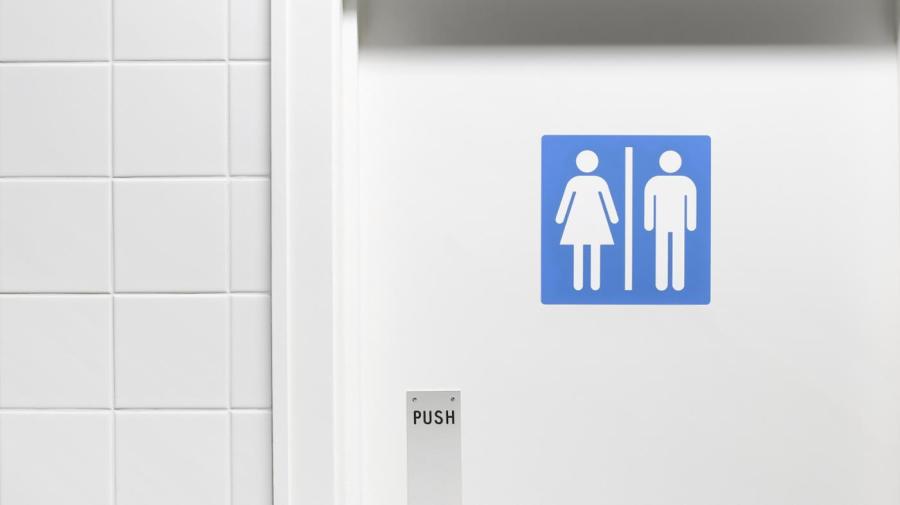What Is the Function of Transitional Epithelium Cells?

The function of transitional epithelium cells is to protect the urinary system against the toxic effects of urine. Additionally, transitional epithelium cells stretch to accommodate the volume of the bladder and other organs when they fill with liquid.
According to McGraw-Hill, transitional epithelium cells line the ureters, urethra and bladder. These cells begin at the pelvis and continue through the kidneys to the ureters and the bladder. These cells are necessary because as the volume and pressure within these urinary organs build, the organs need to stretch. According to Austin Community College, stretching helps the organs lined with transitional epithelium cells change their shape without damaging the epithelial lining.
When the transitional cells are in their normal state, the cells appear to be round and ovoid. However, when they stretch, the cells become flat. To accommodate the stretching and pulling of the urinary system, transitional epithelium cells are stratified, which means in layered.
Because the transitional cells are in layers, it also means sometimes these transitional cells slough off into the urine, much the same way that dead skin cells flake off. According to Cornell University, this occurs in low numbers because transitional cells are intended to protect the urinary tract from the damaging effects of urine. If a large amount of transitional epithelium cells is found in the urine, however, it is a sign of a dysfunction. In healthy adults, only a few transitional epithelial cells are typically found in urine.





